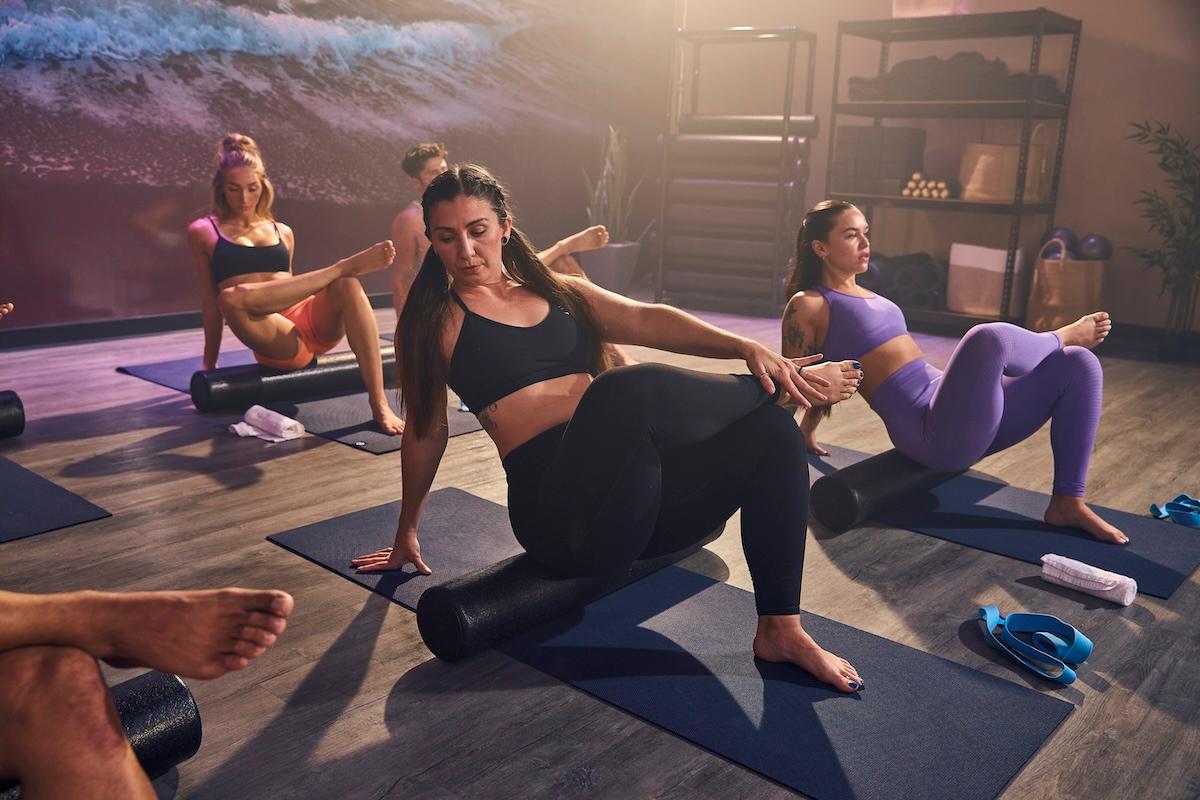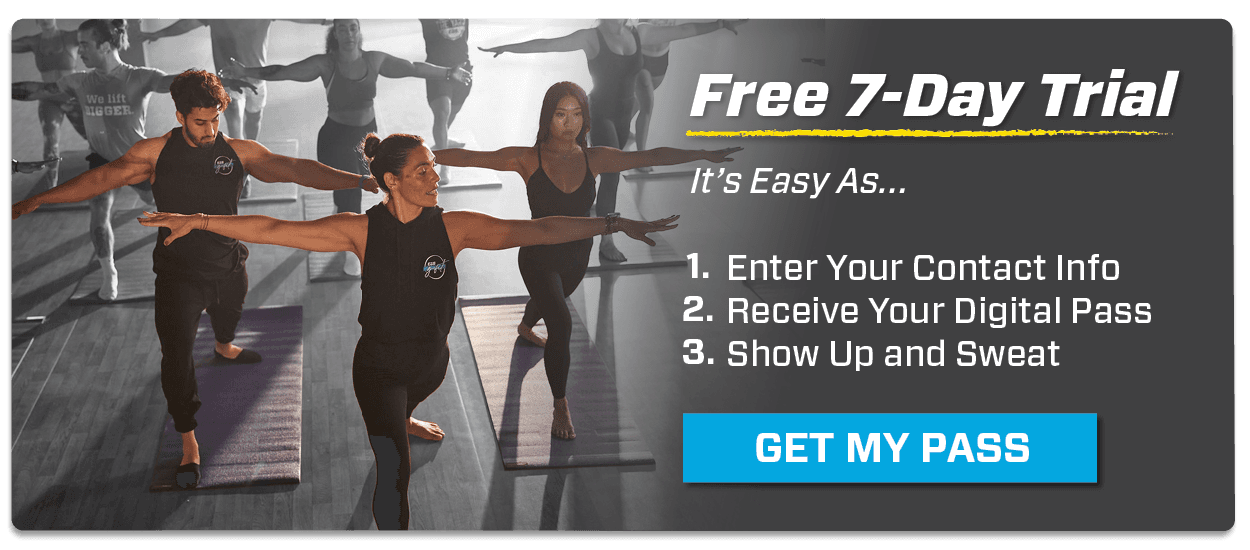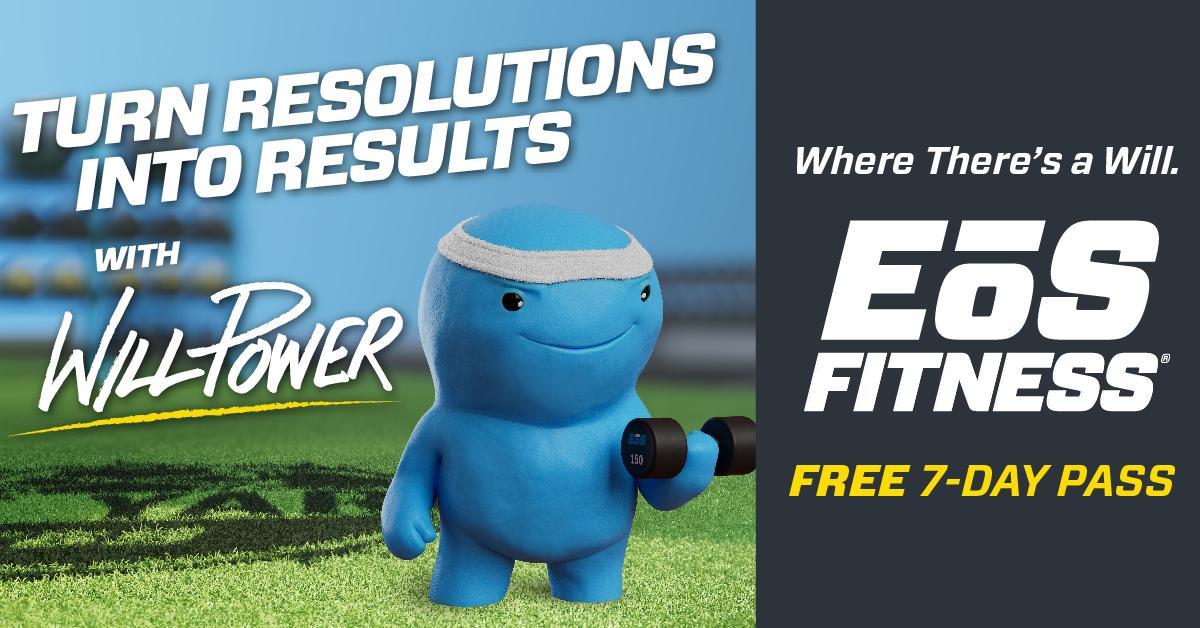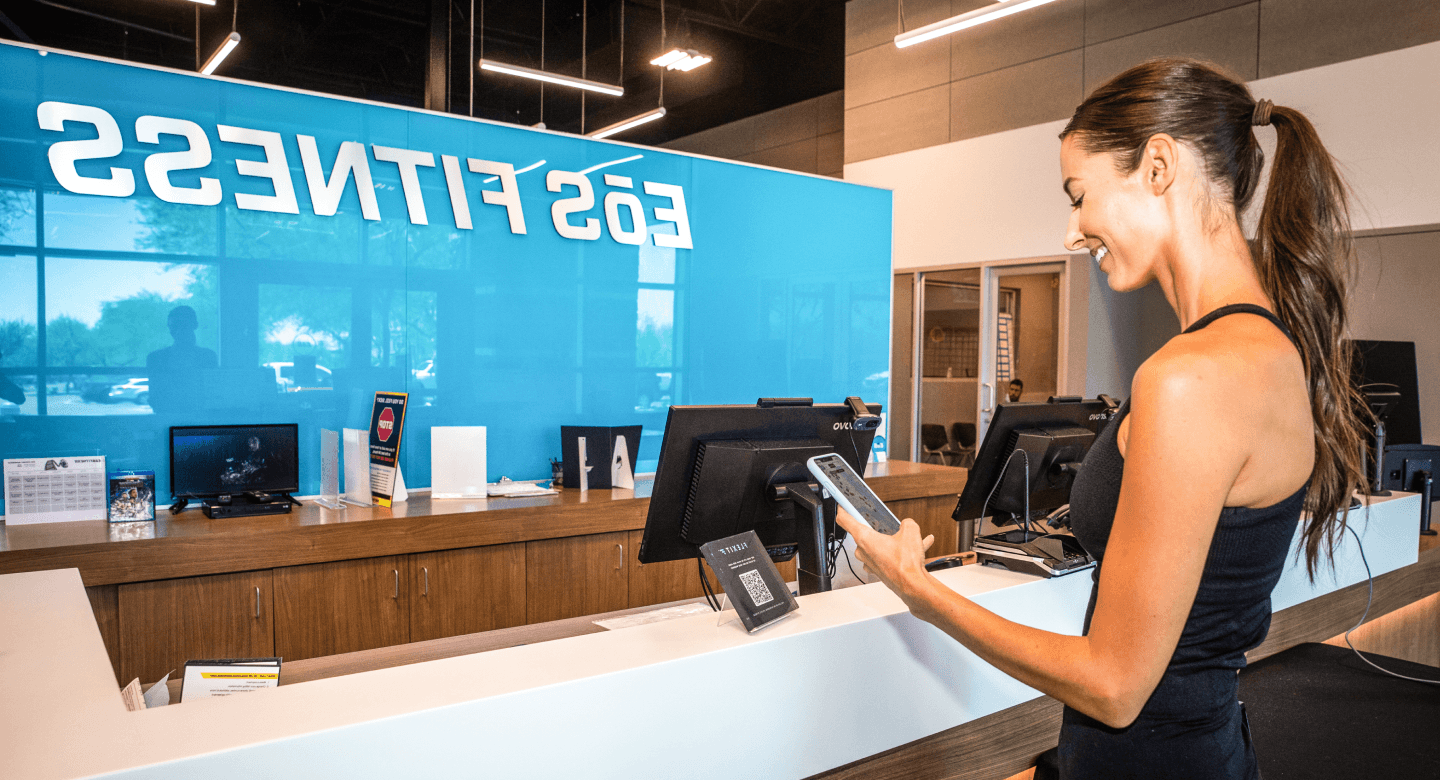HOW FOAM ROLLING HELPS MUSCLE RECOVERY: BENEFITS, TIPS & EXERCISES
Fitness Tips
Jul 14, 2025 • 6min read
You crushed your workout—and now you’re paying for it. Sore legs, tight shoulders and taking the stairs feel like climbing a mountain. That achy, tight feeling doesn’t have to stick around. One of the most effective ways to bounce back is foam rolling, a recovery technique that uses pressure to release tension, improve circulation and help your muscles recover faster. In this blog, we’ll break down everything you need to know to foam roll your way to smoother recovery.
WHAT YOU’LL LEARN
Estimated Reading Time: 10 minutes
WHAT IS FOAM ROLLING—AND WHY DO SO MANY PEOPLE SWEAR BY IT?

Foam rolling is a form of self-massage, also known as self-myofascial release. It’s done using a foam roller—a firm, cylindrical tool that helps apply pressure to your muscles. That pressure helps relieve tension, break up muscle knots and improve flexibility. It’s a straightforward, effective way to take charge of your recovery routine, no matter your fitness level.
What Does Foam Rolling Do?
Think of foam rolling as your go-to tool for restoring balance in your body. Whether you just crushed a heavy lift or spent the day on your feet, your muscles collect tension. Foam rolling helps reset your body to move better and train smarter.
- Boosts blood flow: Increases circulation to deliver more oxygen and nutrients to your muscles, accelerating the healing process and helping your muscles bounce back faster after workouts.
- Releases tight muscles: Breaks up tension and adhesions in the fascia—the connective tissue that can restrict movement—so you can move with greater ease, reduce discomfort and perform exercises with better form.
- Speeds up recovery: Helps flush out toxins and repair muscle tissue after intense workouts, helping you stay consistent with your training schedule.
- Improves flexibility: Allows your muscles to move through their full range without restriction, helping you lift heavier without compromising on form.
DOES FOAM ROLLING WORK? HERE’S WHAT THE RESEARCH SAYS
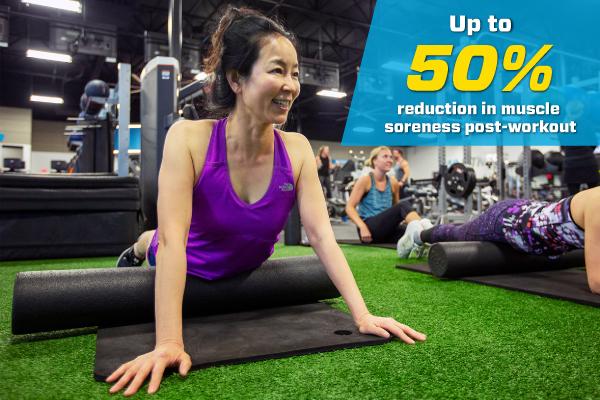
Yes, foam rolling works to reduce muscle soreness, speed up recovery and improve your range of motion. Plus, when combined with smart recovery habits—like hydration, stretching and quality sleep—foam rolling can help you stay consistent, feel better and keep pushing toward your fitness goals. EōS members know results come from what you do between workouts, too.
Backed by Science
Multiple studies have confirmed that foam rolling is more than a feel-good ritual. Here’s what the evidence shows:
- Reduces soreness: Research highlights foam rolling’s ability to significantly reduce delayed-onset muscle soreness (DOMS), mainly when used within 24–48 hours after exercise
- Preserves performance: Studies have found that it enhances flexibility without compromising strength, so you stay mobile and powerful.
- Optimizes warmups and cooldowns: Incorporating foam rolling into your pre- or post-workout routine can improve your range of motion and help muscles return to their baseline more efficiently.
- Supports injury prevention: Regular foam rolling may decrease injury risk by addressing muscle imbalances and promoting healthier tissue.
- Safe for daily use: Foam rolling has no adverse side effects when done correctly, making it a reliable addition to your everyday recovery plan.
HOW TO USE A FOAM ROLLER THE RIGHT WAY
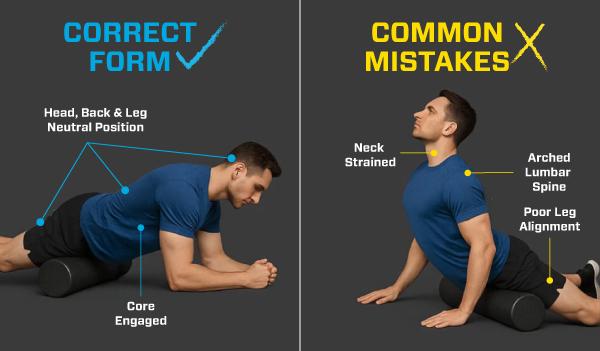
Foam rolling doesn’t require complex moves, but it does require correct form. Done wrong, it can be uncomfortable or even ineffective. Follow these tips to make the most out of your foam rolling session.
Foam Rolling Tips to Maximize Results
- Roll slowly (think 1 inch per second)
- Breathe deeply to relax your nervous system
- Focus on soft tissue, not bones or joints
- Spend 30–60 seconds per muscle group
- Stop on tight spots and hold (don’t bounce)
- Stay consistent, it’s not a one-and-done tool
5 FOAM ROLLER EXERCISES FOR BETTER RECOVERY
These beginner-friendly moves target the muscle groups that take the biggest hit during training.
Recovery-Focused Movements
- Quads Roll: Perfect after leg day or running
- Glutes Roll: Helps relieve hip and low back tension
- Hamstrings Roll: A go-to after lunges or deadlifts
- Calf Roll: Ideal post-HIIT or long cardio sessions
- Upper Back Roll: Great for easing tech neck and shoulder strain
WHEN SHOULD YOU FOAM ROLL? BEFORE VS. AFTER A WORKOUT
Foam rolling works both before and after a workout—it just serves different purposes.
Foam Rolling Before a Workout
Use short, quick rolls to wake up your muscles and prep your body for movement. Focus on major muscle groups you’ll be using during your session. This helps increase blood flow and improve range of motion.
Recommended time: 5–10 minutes
Foam Rolling After a Workout
Slow it down to support recovery. Target the areas you just worked on to help reduce muscle tightness and DOMS (delayed onset muscle soreness). Think of it as a cooldown that helps your body transition into recovery mode.
Recommended time: 5–10 minutes
Foam Rolling on Rest Days
Even on off days, foam rolling can help you stay mobile and reduce lingering stiffness. Use it as a light recovery tool to keep your muscles happy and ready for your next workout.
HOW EōS RECOVERY AMENITIES TAKE IT TO THE NEXT LEVEL
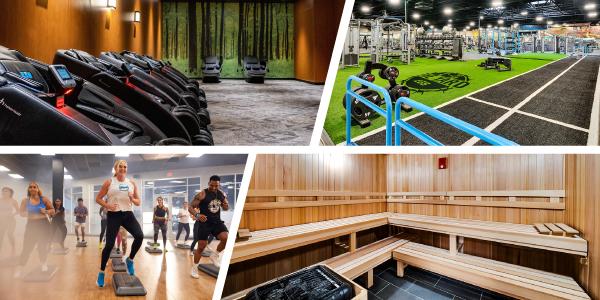
Foam rolling is a strong start but EōS takes your recovery even further with essential and signature amenities designed for post-workout relief.
Recovery Amenities That Keep You Moving
- Cryolounge + Recovery Room: Equipped with Human Touch® Massage Chairs for muscle relief at select locations
- The Tank: An innovative post-workout recovery space with Normatec compression boots, Hypervolt percussion massagers, and stretch tables.
- Saunas: Promote circulation and ease tightness
- Turf Zones: Perfect for mobility work and foam rolling
- HydroMassage: Deep relaxation and muscle recovery are available at select locations
- Assisted Stretch Program: Enhanced flexibility, reduced muscle tension and faster recovery
- G-Fit Yoga Classes: Classes that support joint health and flexibility
READY TO RECOVER SMARTER?
Foam rolling is a powerful recovery tool—and EōS Fitness makes it easy to put it into practice. From turf zones to Recovery Rooms, EōS gives you the space, tools and support to move better, feel better and train harder. With the proper routine and environment, you’ll turn recovery into one of your biggest strengths.
